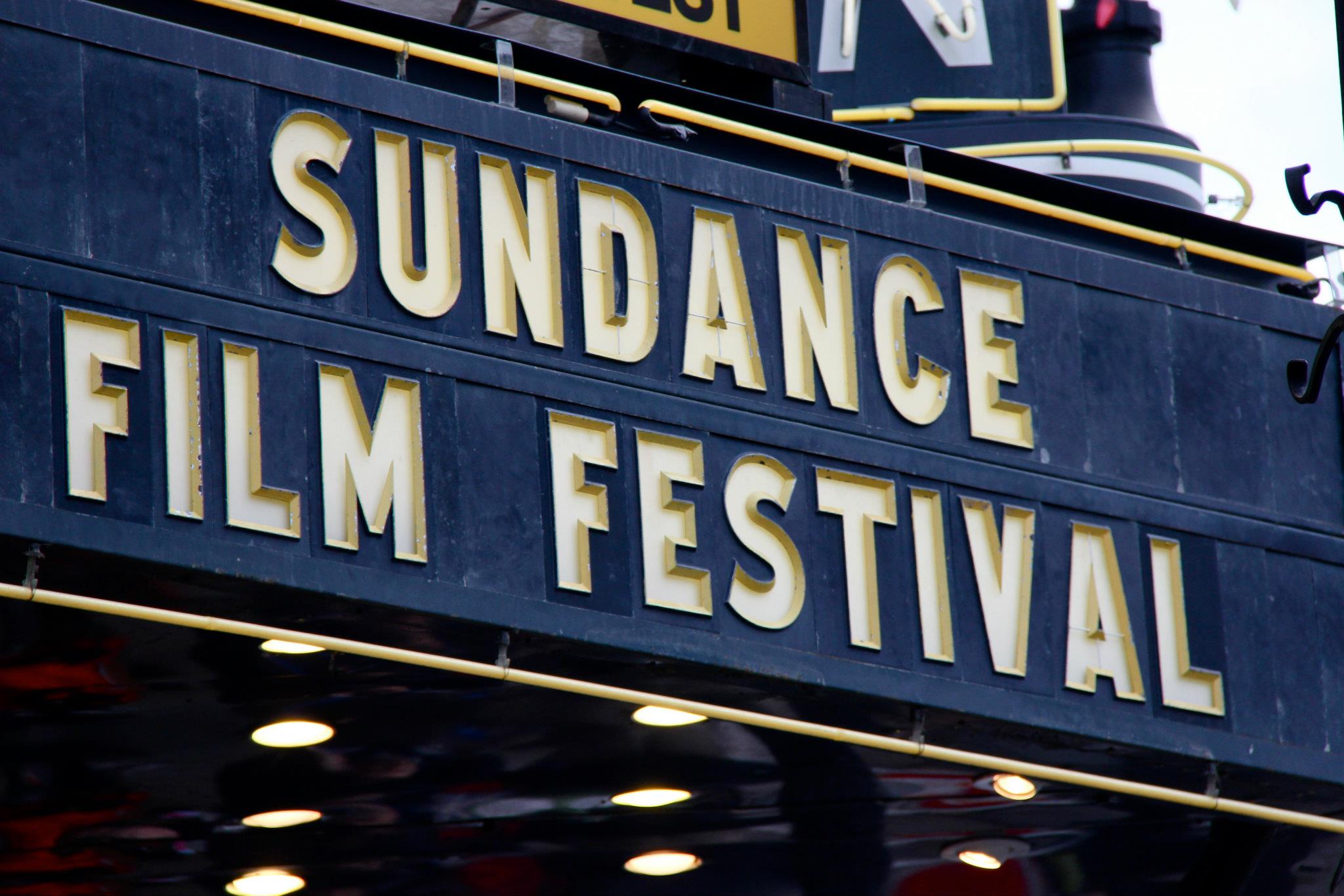
The Unlikely Savior of Movies About Religion: Indie Filmmakers
- By Alison Lesley --
- 05 Apr 2015 --

Christian movies have developed somewhat of a reputation as agenda-driven propaganda.
It’s no surprise that a majority of religious films that are released are typically “safe” movies, guaranteed to have a decent return from the box office. Over the past year, numerous faith-based movies have been released one after the other, leading the idea that perhaps religion has finally reached their market. However, many ‘faith-based’ films appear to be marketed to a specific audience, primarily Christians seeking family-friendly films, that doesn’t encompass everyone interested in religious movies. Is there anything that can save these films?
Religious Films at Sundance 2014
A religious movement has been growing in the indie film industry, which was made particularly clear at the Sundance Festival of 2014. Many of the films that debuted during the festival were movies that wouldn’t have been considered “appropriate for Christians”. For example, Calvary starring Brendan Gleeson premiered at the festival. Gleesan played a priest up against his own demise in a fishing village. The film was packed with religious themes, and passed a message that matched Christian theology and offered a hard-to-watch view of the damage done to children by abusive ministers. Many faith-based conversations ignored the film, which was rated R for sex, language, strong content and drug use. However, critics of all kinds loved the film.
Most marketers for Christian films that are released in movie theaters view Christian viewers as a single-minded group who completely opposes any film that reaches over PG. They think they are solely seeking movies about Bible stories, inspirational tales or other movies that reinforce their personal beliefs. However, this completely ignores a whole other group who seek films that explore the true roots of religion, life, and faith. Calvary is a prime example of religious exploration, asking hard to answer questions that provoke thought and discussion.
New blog post: Quick look at CALVARY, last year's great movie about a good preist — http://t.co/tF9OpnwJlb
— Aaron Bumgarner (@bumaaron) March 30, 2015
Erik Lokkesmoe, the co-president and founder of Aspiration Media, spoke with The Atlantic at Sundance. He said that the “faith-film category has come to mean agenda-drive, fear-driven, low-quality, low-budget, on-the-nose, teaching, industrial films that willingly overlook excellence and story because they know they can.” He adds that this essentially trained audiences for thin movies that are made for “church outings”.
Sundance isn't the only answer for indie filmmakers. Here's why: http://t.co/SH6FkaAmAE pic.twitter.com/rBG7WWQwYy
— IndieWire (@IndieWire) March 26, 2015
Many other religious films were shown that day as well, including The Witch, a horror film from Robert Eggers that told of a devout family who were taken over by the devil in the 1600s, and I Am Michael, produced by Gus Van Sant. I Am Michael told Michael Glatze’s true story, a man who was once a gay activist who later abandoned homosexuality and became a pastor.
Moviegoers, Filmmakers Express their Frustration
Many moviegoers and filmmakers alike are frustrated with the way cinema has expressed the religious experience. Many are frustrated and feel that the experience “is filled with mystery, pain and deep questioning: why does evil exist? Is there a God? Is there a spiritual presence at work in the universe? And if not, how can we find meaning?” A general consensus from all is that movies and religion should explore similar aspects of life, from pain and joy to fear and existence.


















